Graphics Reference
In-Depth Information
and
BD
= b.
u
(3.5)
Note that a and b are just the signed distances between
A
,
B
, and
B
,
D
, respectively.
Equations (3.4) and (3.5) imply that
AB
•
n
= a
u
•
n
(3.6)
A
A
and
BD
•
n
= b
u
•
n
.
(3.7)
D
D
Finally, let
v
B
be the unit vector in direction
OB
, that is,
OB
=
OB v
B
.
(3.8)
Equations (3.2), (3.3), (3.6), (3.7), and (3.8) lead to the following formula for the ratio
of division (
AD
,
B
):
)
==
(
)(
)
a
b
AB
•
•
n
u • n
OB
•
•
n
u•n
u•n
vn
vn
•
•
u•n
u•n
A
D
A
D
D
A
BA
BD
D
A
(
AD B
,
=
= -
.
(3.9)
(
)(
)
BD
n
u • n
BO
n
D
A
This formula shows why the ratio of division is not a projective invariant. It depends
on the direction vector
u
of the line
L
containing the points.
We return to the proof of Theorem 3.2.1. Consider Figure 3.5(b). We need to show
that (
AD
,
BC
) = (
A
¢
D
¢,
B
¢
C
¢). If we define
AC
=
c
u
,
CD
=
d
u
,
and
OC
=
OC v
C
,
then a derivation similar to the one that led to equation (3.9) shows that
c
d
vn
vn
•
•
u•n
u•n
CA
CD
D
A
(
)
==-
AD C
,
.
(3.10)
Equations (3.9) and (3.10) show that
(
)
AD B
AD C
,
,
vn
vn
•
•
vn
vn
•
•
BA
BD
CD
CA
(
)
=
AD BC
,
=
.
(3.11)
(
)
The right-hand side of equation (3.11) depends only on angles defined by the rays
through
O
(actually the sines of the angles between the rays) and not on where the
points lie on the rays. Dividing the two ratios of division eliminated the other depend-
encies. Therefore, we would get the same value for (
A
¢
D
¢,
B
¢
C
¢), specifically because
v
B
=
v
B
¢ and
v
C
=
v
C
¢. Theorem 3.2.1 is proved.
There is an important and computationally useful consequence of the projective
invariance of the cross-ratio. See Figure 3.6. If
A
(x
1
,y
1
),
B
(x
2
,y
2
),
C
(x
3
,y
3
), and
D
(x
4
,y
4
)


